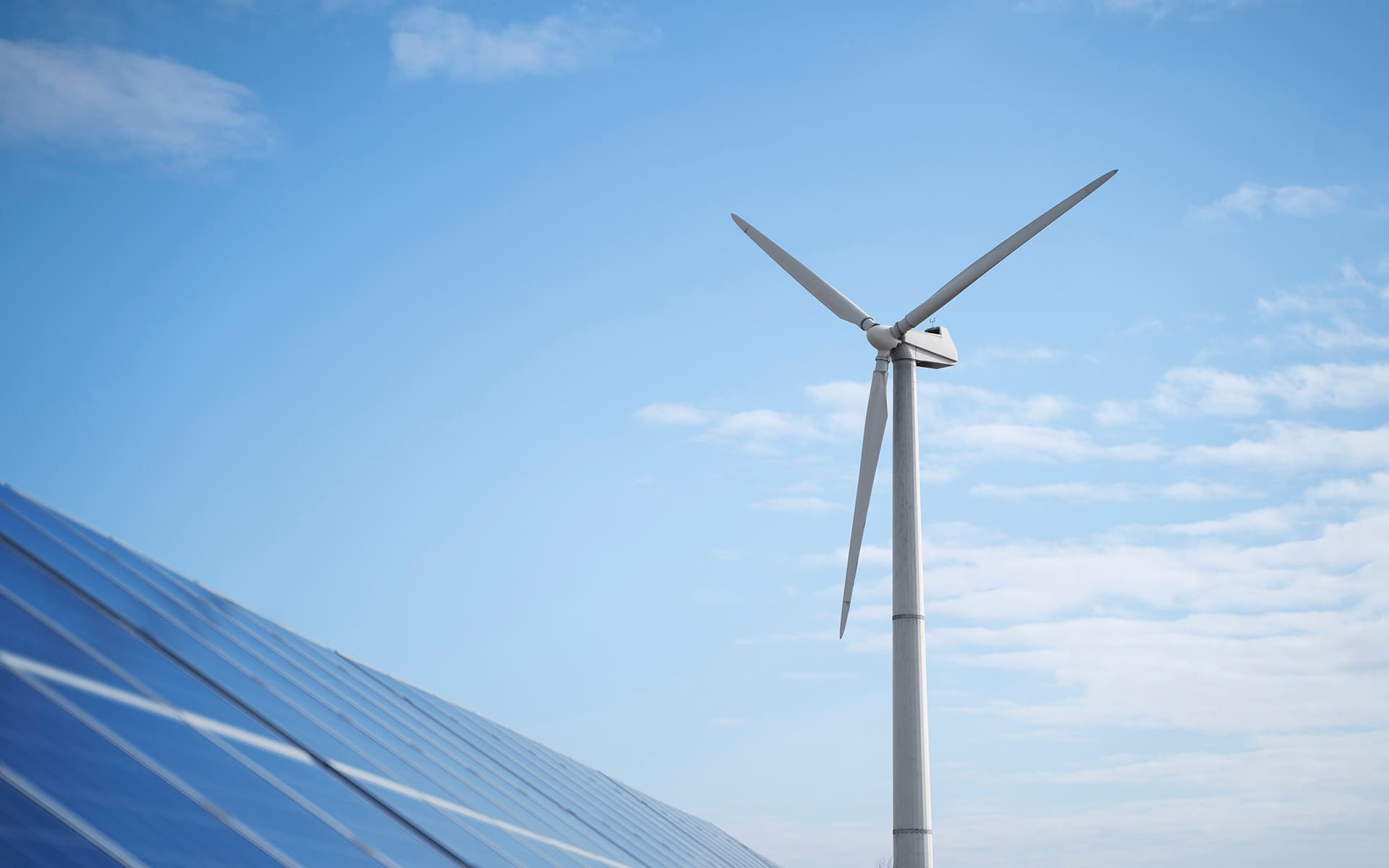Clean Energy

Sinoaccess concentrates its activities working with groups which are seeking to initiate, augment or upgrade access to electrical power from renewable energy sources: clean power. With renewable energy production on a distributed basis as a key the “CAPEX” is often much lower and the infrastructure is much easier to digest for the host country. The Sinoaccess team and its affiliates have much experience in the site selection, integration and combination with existing enterprises particularly in its signature industrial park settings.
